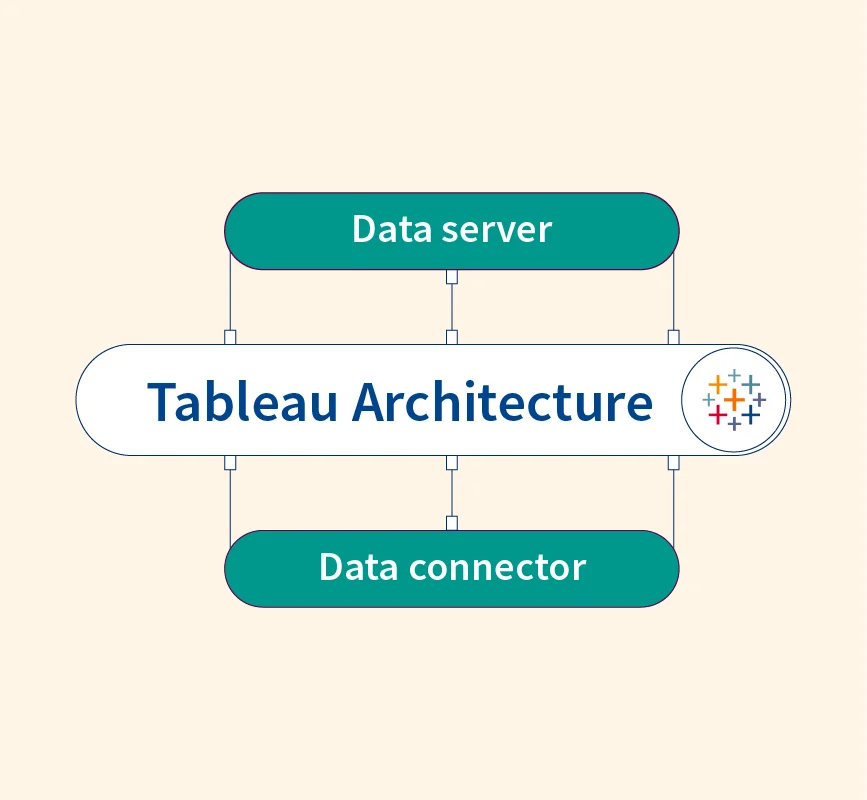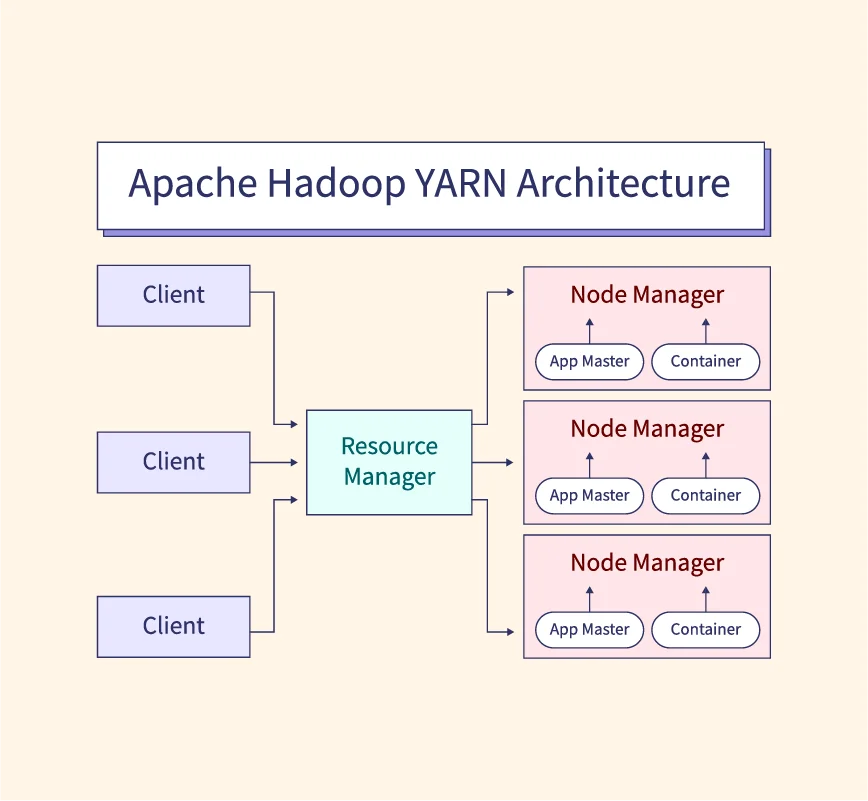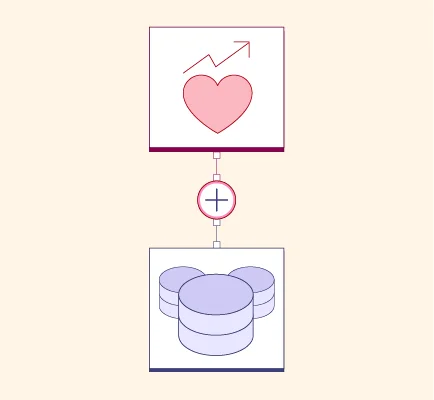Artificial Intelligence (AI) has become an essential part of modern technology, transforming how industries operate and how individuals interact with digital systems. AI can be classified into three main types: Artificial Narrow Intelligence (ANI), Artificial General Intelligence (AGI), and Artificial Superintelligence (ASI). Among these, Artificial Narrow Intelligence, often referred to as “Weak AI,” is the most prevalent form we encounter today.
Unlike AGI, which aims to mimic human cognitive abilities across various tasks, ANI is designed to perform a specific task or solve a narrowly defined problem. While limited in scope, ANI powers many of the intelligent systems we use daily, from virtual assistants like Siri and Alexa to facial recognition systems and recommendation engines. This article will dive deeper into the world of Artificial Narrow Intelligence, exploring its definition, types, examples, benefits, and limitations.
What Is Narrow Artificial Intelligence?
Artificial Narrow Intelligence (ANI), also known as Weak AI, refers to AI systems that are specialized to perform a single task or a narrow range of tasks. Unlike humans, who can perform multiple tasks and adapt to various situations, ANI operates within predefined parameters. It excels at specific tasks but lacks the ability to generalize knowledge beyond its programming.
ANI functions by leveraging machine learning and deep learning techniques, enabling it to process large volumes of data, identify patterns, and generate predictions or decisions based on that information. However, it cannot apply the same skills to a different or unrelated problem.
Key characteristics of Narrow AI include:
- Specialization: ANI is built to focus on one task, such as facial recognition or language translation.
- Limited Scope: Its capabilities are restricted to the data it has been trained on, and it cannot perform tasks outside of its domain.
- Machine Learning-Powered: ANI systems are typically driven by machine learning models that improve performance with more data.
Different Types of Narrow AI
Narrow AI takes various forms based on its functionality, each designed for specific tasks:
- Machine Learning (ML):
Powers recommendation systems (e.g., Netflix, Amazon) and predictive analytics, learning from data to make decisions. - Natural Language Processing (NLP):
Enables machines to understand and respond to human language, used in virtual assistants like Siri and Alexa. - Computer Vision:
Allows AI to interpret visual data, applied in facial recognition, self-driving cars, and image tagging. - Robotics:
Used in specific tasks like assembly line automation, surgeries, and drone deliveries. - Recommendation Systems:
Suggests content/products based on user behavior, widely seen in platforms like YouTube and Amazon.
Examples of Narrow AI
Narrow AI is already integrated into many of the technologies we use daily. Here are some prominent examples:
- Virtual Assistants (e.g., Siri, Alexa):
These systems can handle specific tasks like answering questions, setting reminders, and controlling smart home devices. - Google’s RankBrain:
Used in search engines to interpret and understand user queries, improving the accuracy of search results. - Self-Driving Cars:
Autonomous vehicles use Narrow AI to navigate roads, make decisions, and avoid obstacles, relying on technologies like sensors and computer vision. - Facial Recognition:
Commonly used in security systems, this AI identifies faces in photos and videos for authentication or tagging. - Recommendation Engines (e.g., Netflix, Amazon):
These systems analyze user data to suggest relevant content or products, enhancing user experience. - Medical Diagnosis Tools:
AI is used to assist doctors by analyzing patient data and suggesting possible diagnoses or treatment options.
Advantages of Narrow AI
Narrow AI offers several benefits, particularly in specific applications where precision and efficiency are crucial:
- Faster Decision Making: Narrow AI systems can analyze large datasets and make decisions quickly, which is particularly useful in areas like healthcare and finance.
- Automation of Mundane Tasks: It takes over repetitive and routine tasks, allowing humans to focus on more complex or creative work. For instance, AI-powered chatbots handle customer inquiries, freeing up human agents for more critical issues.
- High Accuracy in Specific Tasks: Narrow AI often outperforms humans in specialized areas, such as playing chess, diagnosing diseases, or identifying objects in images.
- Building Block for General AI: While still limited, Narrow AI serves as a foundation for developing more advanced AI technologies, driving research towards Artificial General Intelligence (AGI).
- Improved Safety: It enhances safety in environments like factories (e.g., through predictive maintenance) and on roads (e.g., self-driving cars reducing human error).
Limitations of Narrow AI
While Narrow AI has many advantages, it also comes with several limitations:
- Lack of General Intelligence: Unlike humans, Narrow AI can only perform the specific task it’s programmed for and cannot generalize or adapt to new tasks.
- Dependence on Data Quality: The performance of Narrow AI heavily relies on the quality and quantity of the data it is trained on. Poor data leads to inaccurate results.
- Ethical Concerns: Issues like bias in AI algorithms can result in unfair outcomes, such as biased hiring processes or racial profiling in facial recognition systems.
- Limited Learning: Narrow AI cannot learn beyond its predefined functions or improve its decision-making without further human intervention or reprogramming.
- Vulnerability to Malfunctions: Since ANI focuses on one specific task, it can fail if the system encounters something outside its programmed scope, leading to potential risks in critical areas like healthcare or autonomous driving.
The Future of Narrow AI and its Risks
Narrow AI is expected to continue evolving and influencing many industries in the near future. While its capabilities will likely expand, it will still be limited to performing specific tasks efficiently. Potential advancements in fields like healthcare, finance, and autonomous vehicles will bring even more specialized applications of Narrow AI.
However, as Narrow AI becomes more integrated into society, certain risks must be considered:
- Job Displacement: Automation through Narrow AI could replace jobs that involve routine or repetitive tasks, leading to potential unemployment in some sectors.
- Security Vulnerabilities: As Narrow AI systems become more complex, they may introduce new security risks, such as hacking or the misuse of AI for malicious purposes.
- Ethical Dilemmas: Narrow AI raises ethical concerns, especially regarding privacy, bias in decision-making algorithms, and the potential for AI systems to be misused by organizations or governments.
While Narrow AI has great potential, balancing its benefits with proper regulation and oversight will be key to ensuring it contributes positively to society.
Best Practices for Narrow AI Development
To develop effective and responsible Narrow AI systems, several best practices should be followed:
- Ensure Data Quality: High-quality, unbiased data is essential for training AI models. Developers should focus on curating diverse and representative datasets to avoid inaccuracies or bias in the system’s output.
- Address Bias and Fairness: AI developers must regularly evaluate their algorithms for potential biases, ensuring fair outcomes in areas like hiring, loan approvals, and law enforcement applications.
- Prioritize Transparency: Clear documentation of how AI models work, including their decision-making processes, helps build trust and accountability, especially in sensitive sectors like healthcare or finance.
- Implement Safety Measures: Incorporating safety protocols is vital in areas such as autonomous driving or industrial robotics to prevent AI from making critical errors that could harm humans.
- Continuous Monitoring and Updates: Narrow AI systems should be continuously monitored and updated to adapt to new data or improve performance. Regular audits can ensure the system remains relevant and safe over time.
Conclusion
Artificial Narrow Intelligence (ANI) is the most common form of AI we encounter today, powering a wide range of applications from virtual assistants to self-driving cars. While it excels in specific tasks, its limitations highlight the challenges of achieving more advanced forms of AI, such as Artificial General Intelligence (AGI). As ANI continues to evolve, its role in automating tasks, improving safety, and enhancing decision-making will become even more significant. However, it’s crucial to address its risks—such as job displacement and ethical concerns—to ensure a responsible and beneficial future for AI.


